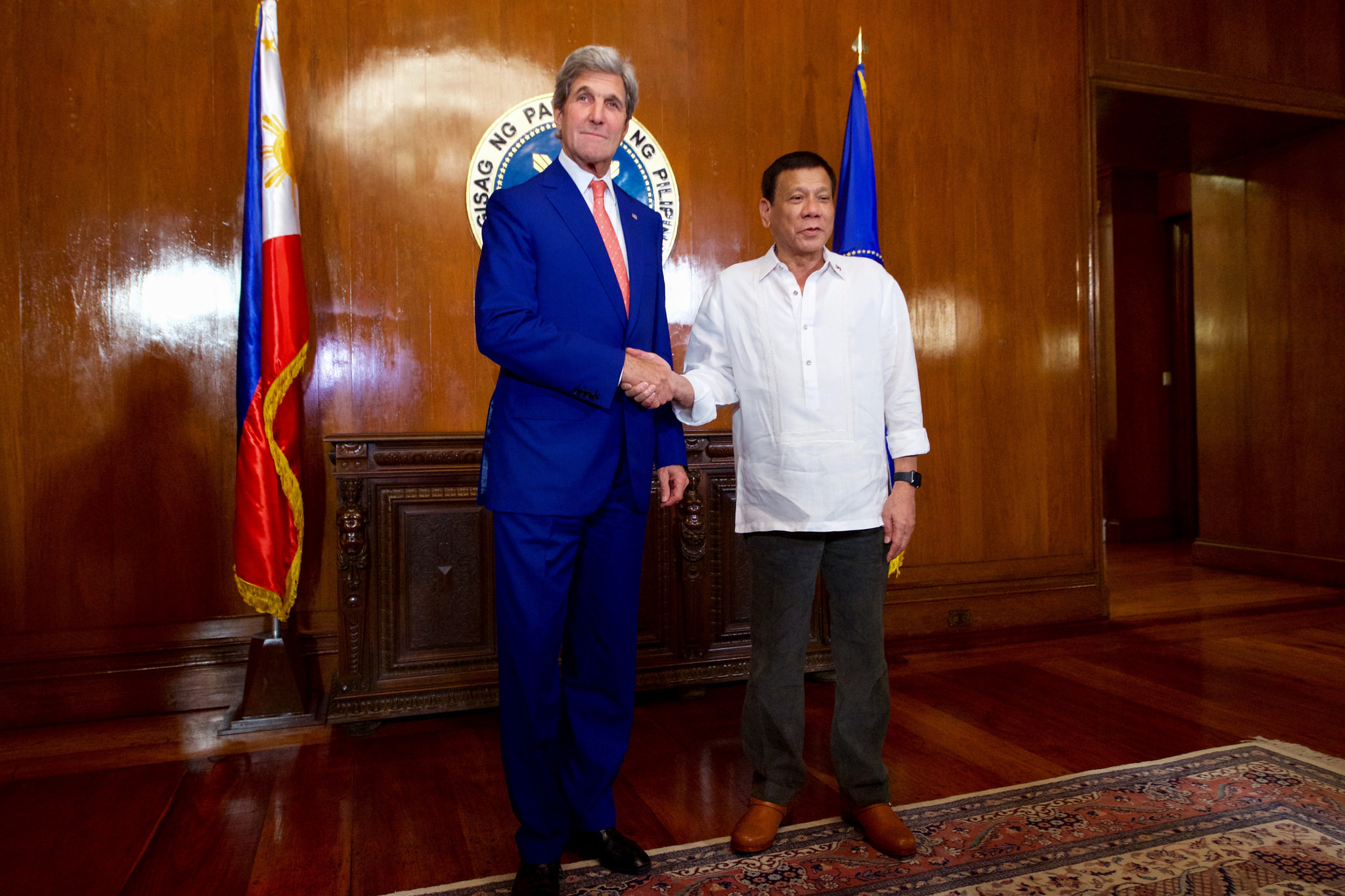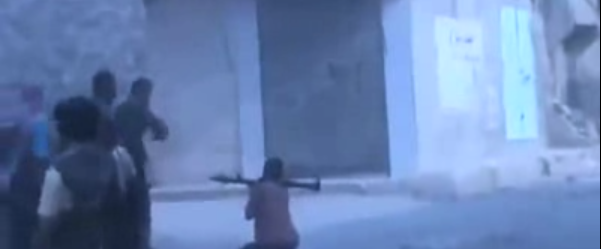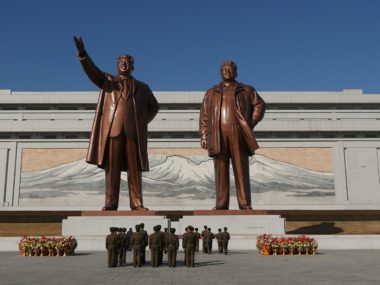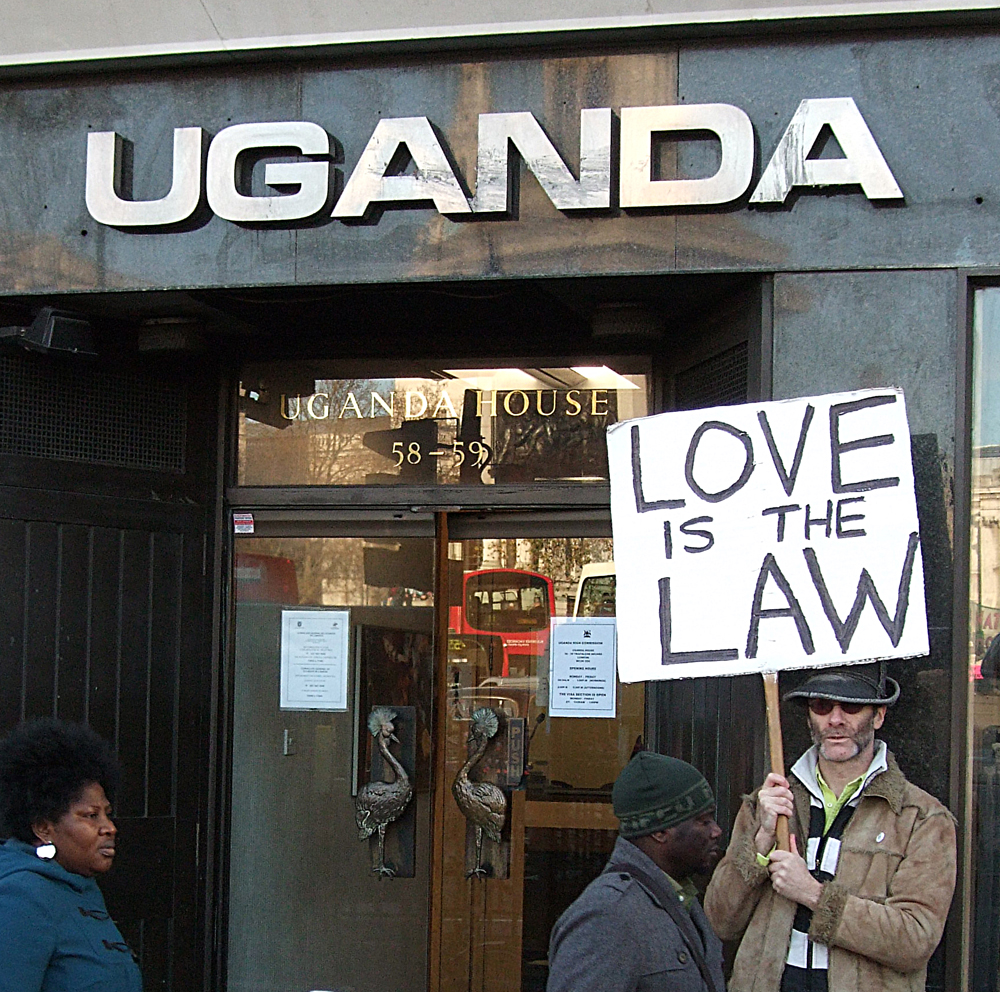Guest post by Belén González.
Since President Duterte took office on June 30th, a dramatic increase in state violence has put the Philippines on the map of governments, human-rights organizations, and activists. Under operation “Oplan Double Barrel” the government has implemented a ruthless campaign against drug dealers and consumers. Suspects have been routinely captured and killed without investigation or trial, sparking a wave of criticism from both within and outside the country. This criticism has done little, however, to deter the government’s aggressive (often violent) approach. In fact, the Duterte administration and its vigilante groups have begun to turn against opposition politicians critical of the government’s violent policy.
As of this writing, the Philippine National Police (PNP) reports that the war on drugs has taken the lives of 4,812 individuals, of which about one fourth are documented by investigations of The Inquirer. While news reports have detailed the involvement of security forces, death squads and vigilante groups as perpetrators of the extra-legal violence, recent analyses have failed to answer a key question: How could President Duterte mobilize so quickly so many willing executioners?
For more than four decades, the Philippines has been at the center of a civil conflict involving multiple rebel groups, including the Communist Party of the Philippines (CPP) and the Moro Islamic Liberation Front (MILF) among others. With war raging across the entirety of the country (see Figure 1), the Philippine government decided to boost their counterinsurgent capabilities by enlisting the help of militia groups. In 1987, the Armed Forces of the Philippines (AFP) published the “Guidelines for Civilian Volunteer Self-Defense Organizations”, which brought about “vigilante” groups –such as Alsa Masa and the Civilian Volunteer Organization– that the government then contracted as counterinsurgents.
Over the last decade, the armed conflict has remained low intensity and the government even managed to sign peace agreements with some of the rebel groups. However, these developments did little to counter the influence of the militia groups. In fact, the government maintained a symbiotic relationship with these groups, refusing to take comprehensive steps to abolish, integrate, or demobilize them. Not only did the militias survive the democratic transition in 1986-1992, they have also managed to maintain an active role within the security structure of the country. Using data from the Pro-Government Militias Database (PGMD) Project, Figure 2 shows that militia activities remained unbroken across different government administrations leading up to the current term of President Duterte.
Based on the omnipresence of vigilante groups in Philippine politics, we should not be surprised that violence spiked right after Duterte’s election. Historically, militias have offered the government high political benefits at low cost. Most importantly, the groups have provided a pool of skilled and battle-hardened vigilantes that Duterte could quickly (re-)activate and deploy. The dramatic increase in state-sponsored violence over the course of the last six months signals how rapidly the government administration can mobilize willing agents for dirty jobs.
President Duterte’s reliance on violent groups presents a significant challenge for policymakers seeking to address high levels of vigilante violence in the Philippines. While it is difficult to directly target covert militia groups, domestic and international (non) governmental organizations should aim at increasing the political costs of employing them. Naming and shaming campaigns and economic sanctions offer one potential instrument that may be used to convince the Duterte administration that delegating violence to death squads will not pay-off politically in the long run.
That said, what we have seen so far suggests it is unlikely that the international community can effectively pressure Duterte to completely demobilize or dismantle his death squads. However, international pressure might convince his government to change the nature of its relationship with militia and vigilante groups. Empirical evidence suggests that a formalization or visible linkage between the groups and the country’s security apparatus make them less prone to human-right violations. Providing vigilante groups with a formal or legal status removes the secrecy with which they act and increases the chances that international and domestic observes can hold them and their political principals accountable. For governments, including the administration of Rodrigo Duterte, this should impose strong incentives to properly monitor, control, and contain the groups and their violent actions.
As such, the case of the Philippines highlights the importance of understanding the role of militia groups in the aftermath of civil wars. In particular, it raises important questions on when governments decide to bring these groups under control, when they are willing to dismantle them, and which strategies they use to achieve this.
Belén González is a Postdoctoral Fellow at the University of Mannheim, Germany. She works in the ERC-funded project Repression and the Escalation of Violence (RATE).









